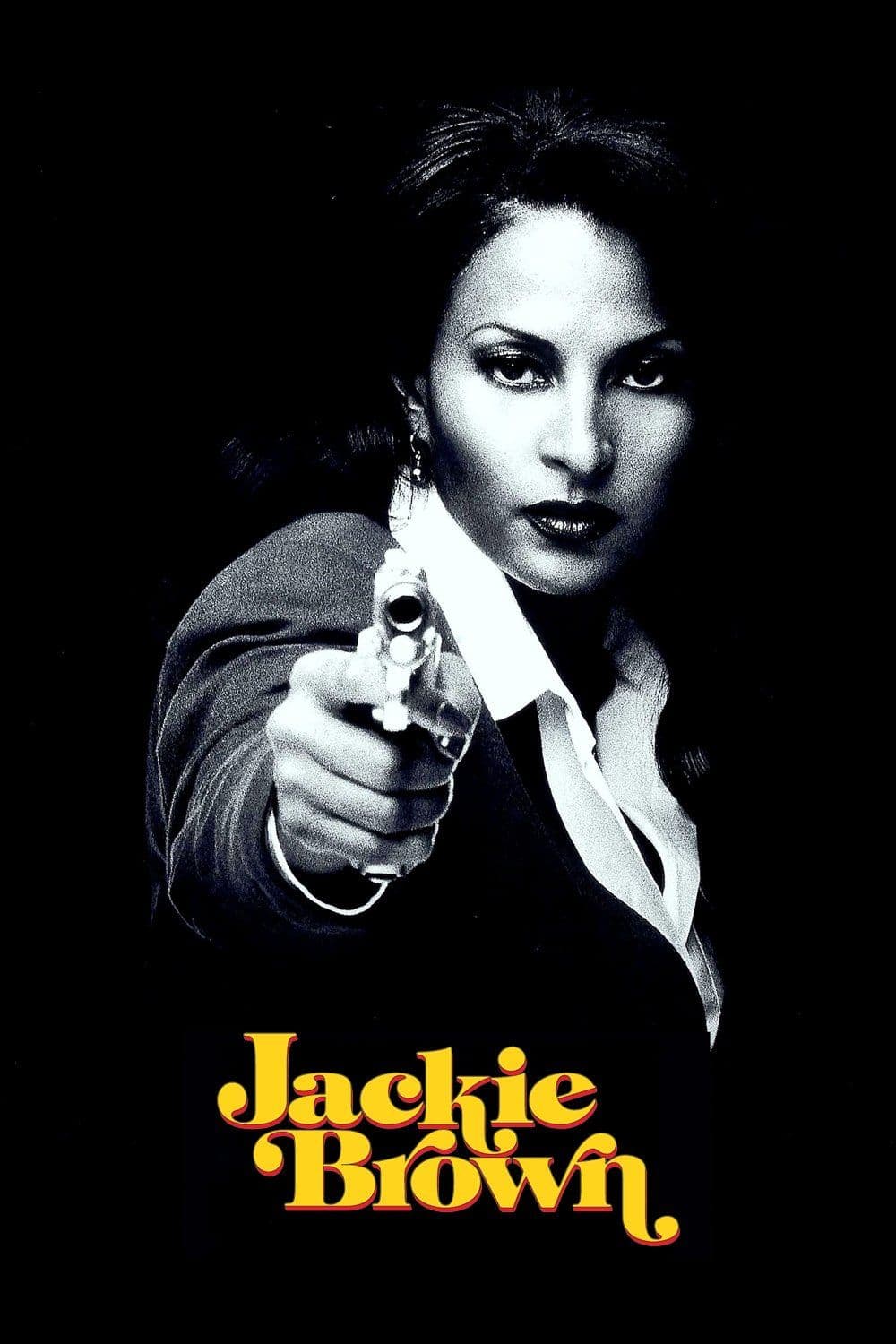
Jackie Brown
1997
Rate this movie
Average: 4.00 / 5
(1 votes)
Director
The influence of Blaxploitation culture is at the heart of the genesis of this Tarantino film.
Blaxploitation, a portmanteau of the terms "black" and "exploitation," emerged in the early seventies with a profusion of b-movies that primarily targeted African Americans. These films, often made on meager budgets, were not simple entertainment products; despite their sensationalistic nature, they represented a cry for empowerment and an attempt to build a positive, or at least powerful, iconography for a community long marginalized by mainstream cinema. Black heroes and, above all, heroines like Coffy or Foxy Brown, both portrayed by Pam Grier, challenged the status quo, confronting crime and corruption with stylized violence and indomitable resilience, filling movie theaters in black neighborhoods and forging a cinematic identity that demanded space and representation.
These works were acted, written, and directed by African American actors and filmmakers: some films like Gordon Parks Jr.'s Super Fly (1972) are considered true precursors of the genre, standing out from the rest due to their stylistic attention and a soundtrack, by Curtis Mayfield, that made them a genuine cultural manifesto.
Tarantino, an avid video store patron, drew heavily from this period, developing a wholly personal aesthetic and firmly believing in the revival of this culture twenty years after its appearance. This was not a simple nostalgic endeavor, but an authentic reinterpretation, a profound integration of those roots into his auteurial universe. Tarantino does not merely reference; he absorbs the DNA of Blaxploitation – its grit, its subtext of social struggle, its inherent coolness – and transforms it, elevating it to a level of narrative and psychological sophistication that the original films, due to production limitations and genre ambitions, rarely could achieve.
To accomplish this, he called upon Pam Grier, one of the protagonists of this cultural movement and a living icon whose presence immediately imbues the character with authenticity and a legacy of strength, to star in his film. The choice of Grier is a stroke of genius that transcends mere homage: it is a recognition of her status as the "queen" of the genre, allowing her to bring to the character of Jackie Brown a lived experience and a gravitas that only she could infuse.
His Jackie Brown is a mix of opportunism, cynicism, and sensuality. But she is also much more: she is the embodiment of survival, a middle-aged character navigating a world dominated by younger and more violent men, armed only with her sharp wit and disillusioned pragmatism.
Jackie is a middle-aged flight attendant who struggles to make a living and agrees to act as a courier for a arms dealer named Ordell. Unlike many Tarantino protagonists, Jackie is not driven by grand ambitions or an excessive desire for revenge; her motivation is eminently practical: to make a living and stay out of trouble. This more realistic, less epic dimension makes the film one of Tarantino's most empathetic and restrained works, partly diverging from his previous narrative acrobatics and veering towards a more melancholic and twilight tone.
Jackie's task is indeed to transport money from Mexico to the United States after it has been laundered. Once caught by the police, she yields to the request to cooperate in setting up Ordell. In reality, she prepares to triple-cross them, striking a deal with Max Cherry, a bail bondsman who is in love with her. This intricate dance of deceptions and double-crosses is the true essence of the film, a clockwork mechanism where every move is calculated and risky, a homage not only to Blaxploitation, but also to the noir genre and, above all, to the prose of Elmore Leonard, of which Jackie Brown is the only faithful film adaptation by Tarantino. Leonard's influence is palpable in the handling of dialogues that are seemingly casual but laden with tension, in the subtle psychology of his anti-heroes, and in the way suspense derives not so much from action as from anticipation and human interactions.
A particularly noteworthy performance by De Niro, here in the role of Louis Gara, a true scoundrel in Ordell's employ for his shady dealings. De Niro, usually associated with roles of great intensity and charisma, here delves into a character who is almost pathetic, a human wreck whose violence is as sudden as it is devoid of any dignity or grandeur. It is one of the most surprising and unusual performances of his career, an act of artistic humility that reveals his ability to give depth even to the most insignificant of criminals.
Memorable is the scene in which Louis, irritated by the cutting remarks of Melanie, Ordell's girlfriend, suddenly kills her to stop her from blabbering. It is a moment of unprecedented brutality, all the more shocking because it is devoid of any Tarantino-esque stylization or choreography.
The masterful handling of tension in the scene is evident: from inside the shopping mall where Louis and Melanie must retrieve an envelope with Ordell's money, to the parking lot where Melanie teases Louis because he cannot find the parked car. The escalation of nervousness is palpable, a crescendo of small daily frustrations that culminate in an act of blind and gratuitous violence.
De Niro is a simmering pot, from the first timid signals to the gurgling eruption of the finale, his anger is an ascending progression, a runaway curve exploding upwards. It is not the calculated fury of a gangster, but the impotent and childish rage of a man incapable of managing his own emotions, reduced to pure primordial instinct. Louis is the epitome of criminal mediocrity, a minor character who, with his tragic insignificance, carves out an indelible place in the gallery of Tarantino's "bad guys."
A work, as usual, dense with homages to music, cinema, TV series, and literature. The soundtrack, with its soul and R&B tracks (from the Delfonics to Bobby Womack), is not just a mere background, but a character in its own right, an emotional bridge that connects the audience to the film's soul and its characters, evoking an era and a feeling. Tarantino uses music as a counterpoint, as ironic commentary, or as pure emotional expression, integrating it so organically that it is impossible to conceive it as separate from the images. The narrative structure, too, with its repetitions of events from different perspectives – a Tarantino trademark – contributes to weaving a complex yet never confusing plot, keeping the viewer constantly on edge.
A powerful Tarantino behind the camera in rendering the hallucinatory dialogues of unlikely characters from the metropolitan underground, but also in offering an intimate and authentic portrait of a woman fighting for her freedom, a film that, while celebrating the past, looks to the future of auteur cinema with a stylistic and thematic maturity that makes it a singular work in his filmography.
Main Actors
Country
Gallery
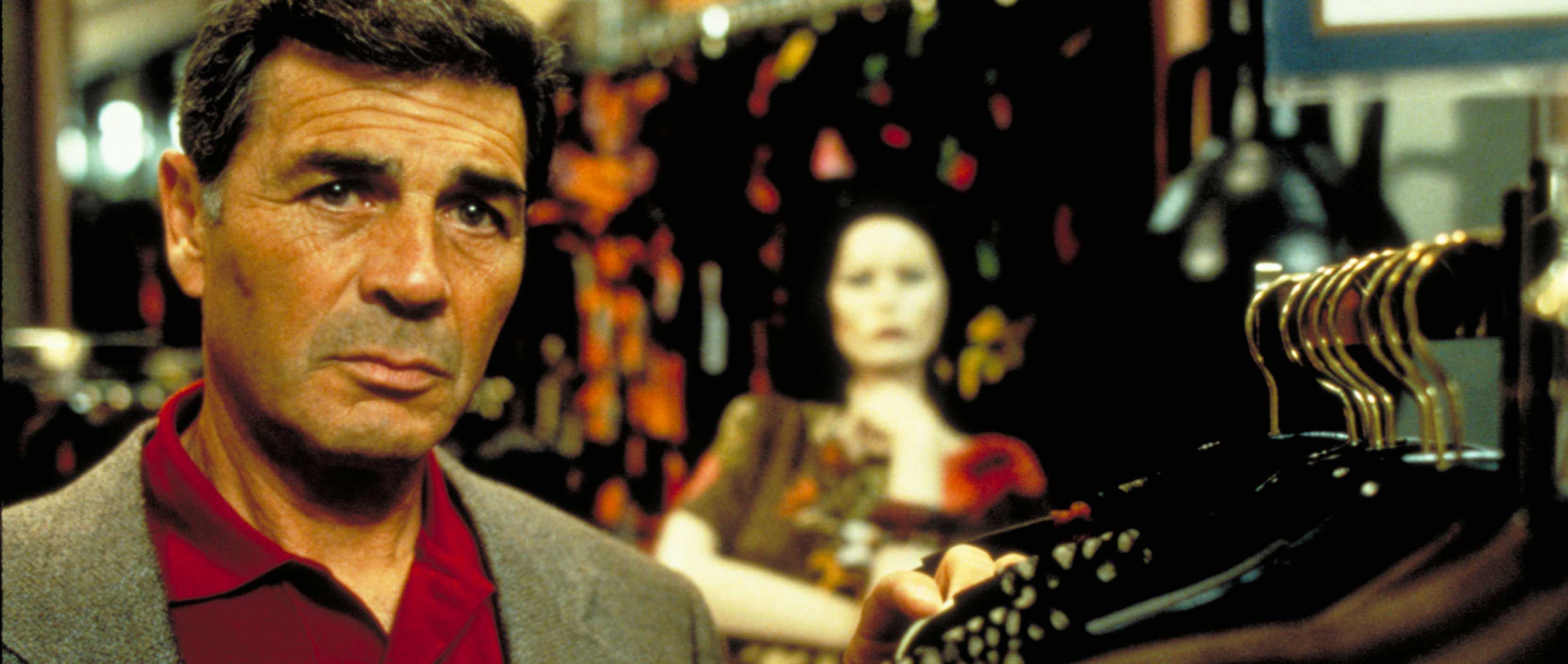

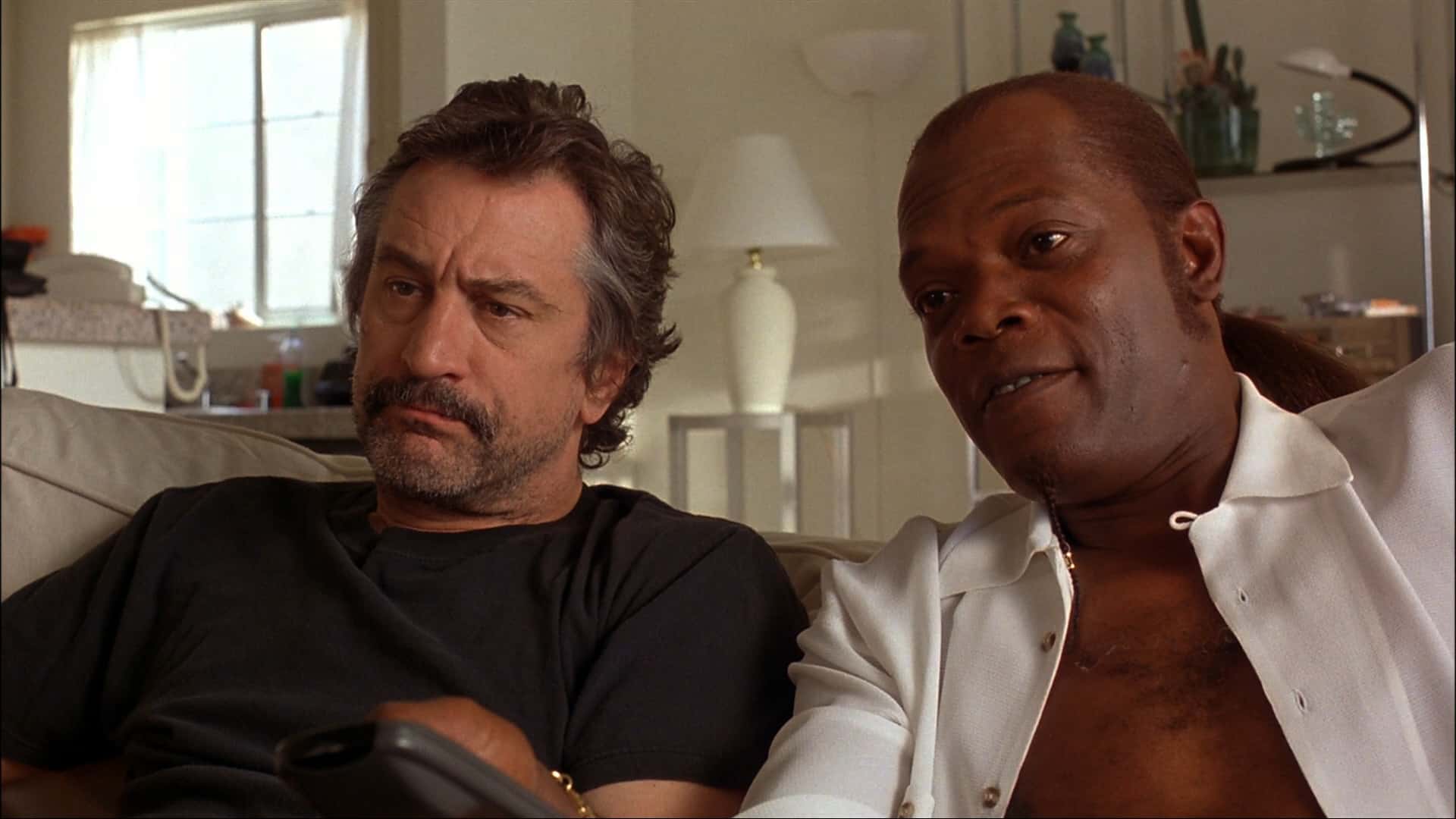



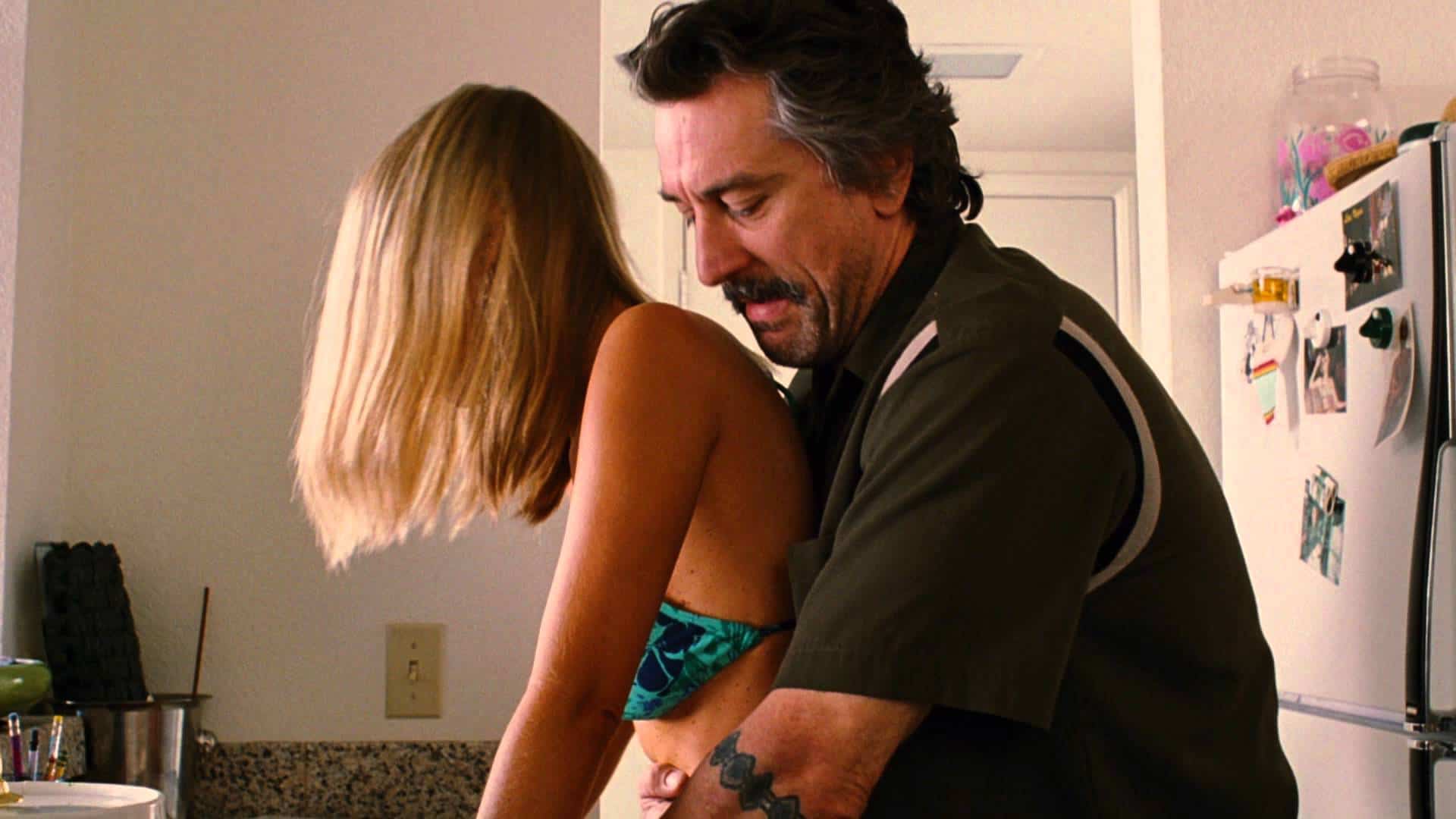
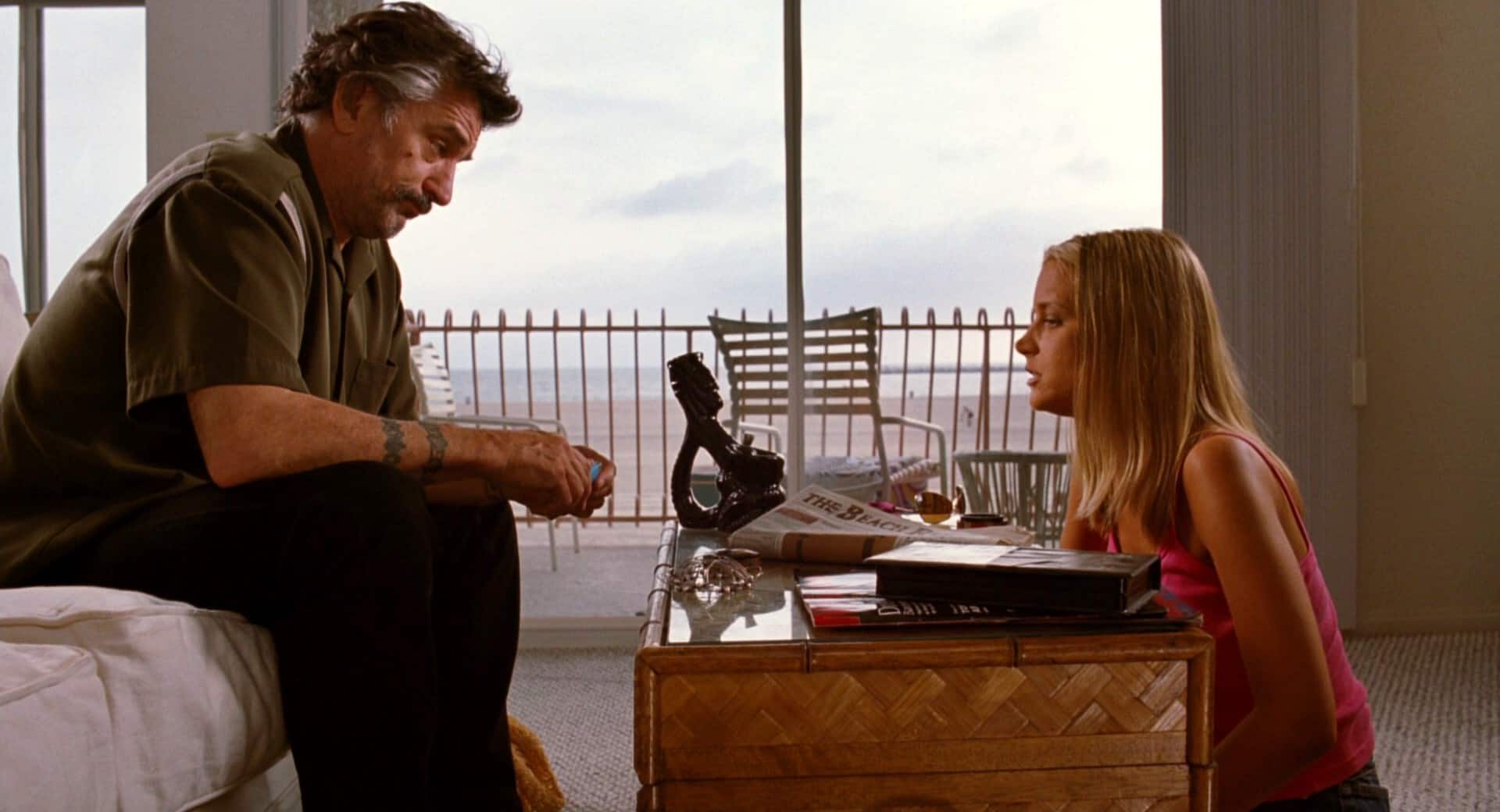
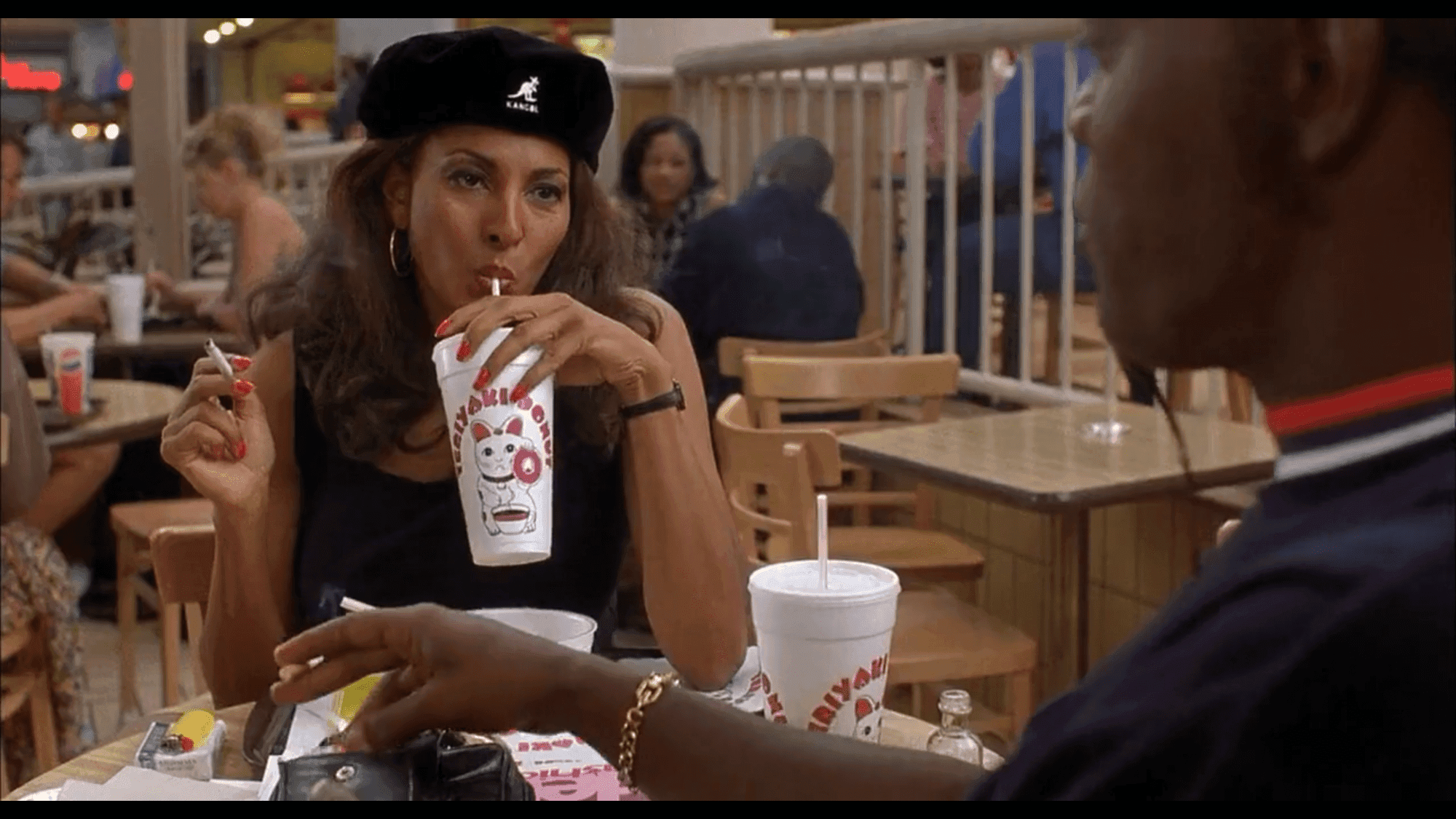


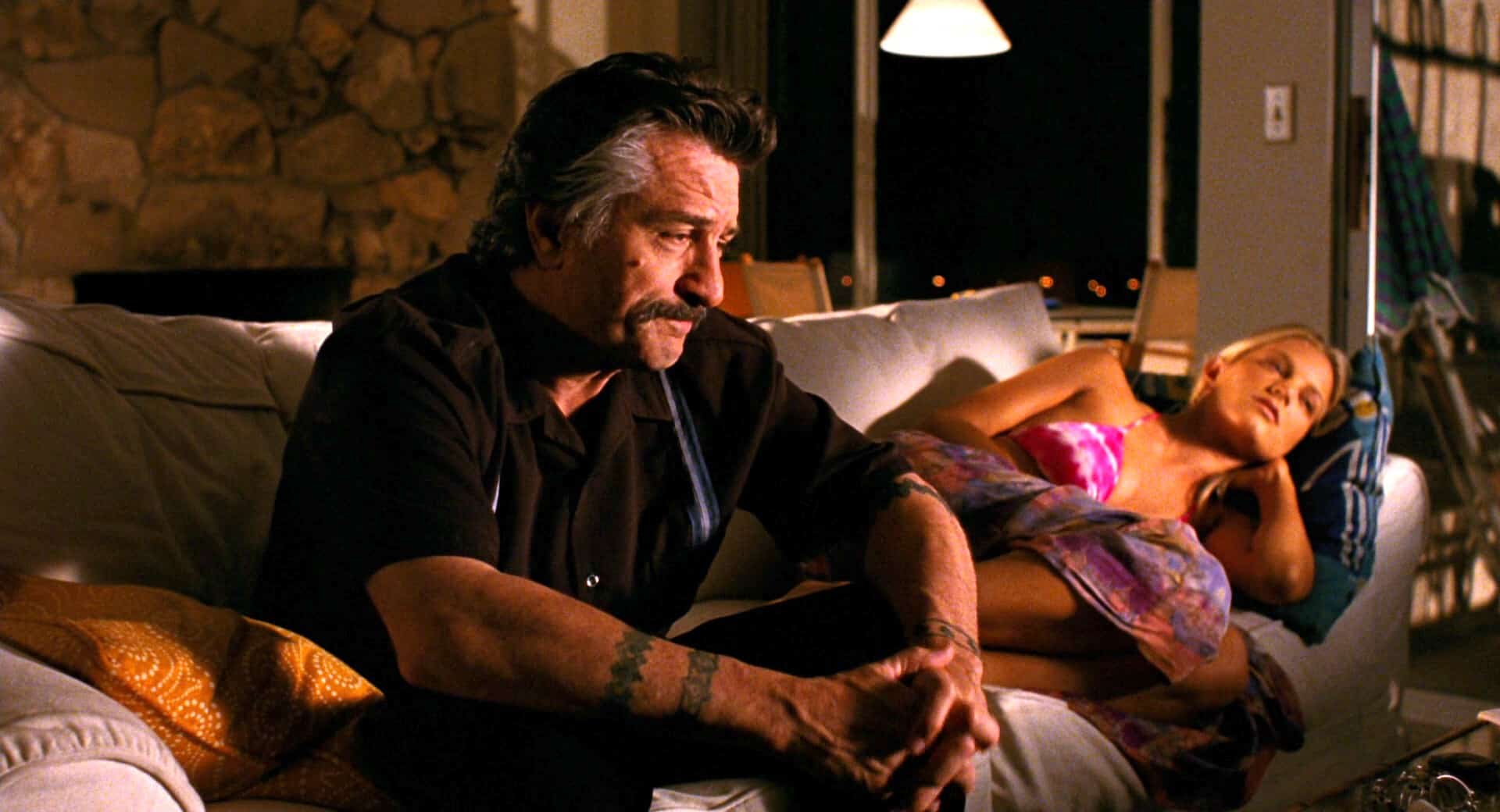
Comments
Loading comments...